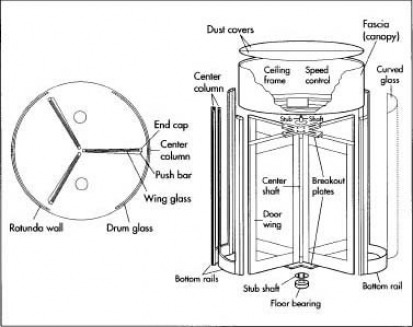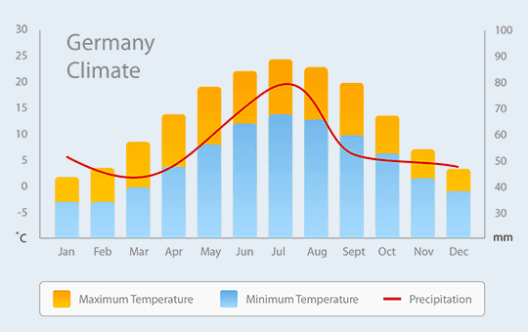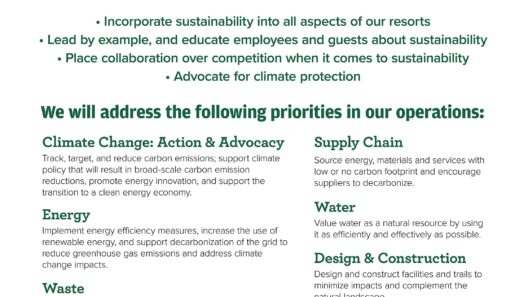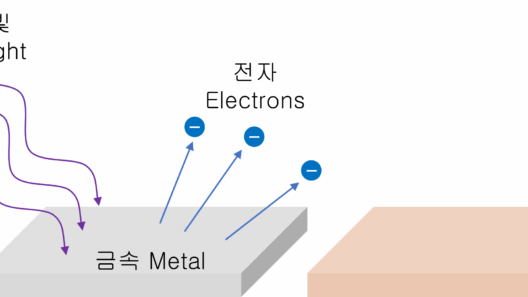Revolving doors are intriguing architectural features that have become a staple in modern building design. They are not only visually compelling but also serve practical functions that significantly benefit energy conservation efforts in our increasingly urbanized world. Understanding how revolving doors conserve energy requires diving into their design principles, operational mechanisms, and broader implications for climate conservation.
At their core, revolving doors create a barrier between the indoor environment of a building and the outside world. This function is crucial for energy conservation. When a traditional swinging door is opened, it allows a significant volume of air from the exterior to rush into the building, thus disrupting the controlled climate. Heated or cooled air escapes, forcing HVAC systems to work harder to maintain optimal temperatures, leading to increased energy consumption. Revolving doors mitigate this issue by allowing only small sections of the door to open at any given time, effectively minimizing the exchange of air between the interior and exterior.
One of the primary mechanisms by which revolving doors conserve energy is through their constant operation. Unlike traditional doors, which must be opened and closed each time someone enters or exits, revolving doors operate continuously, allowing multiple individuals to pass through without significant interruption in airflow. This design not only curtails air leakage but also facilitates smoother pedestrian traffic in busy environments, such as office buildings, hotels, and shopping malls.
Furthermore, revolving doors often feature an automatic opening mechanism that enhances their efficiency. When a person approaches the door, sensors detect the movement and trigger the door to spin, allowing entry with minimal physical effort. This automatic feature prevents prolonged exposure of the interior environment to the outside elements, thus preserving the building’s climate control efforts. As a result, buildings equipped with revolving doors can reduce their energy expenditures significantly.
Another fascinating aspect of revolving doors is their contribution to a building’s overall aesthetics and first impressions. Many architects incorporate these doors into their designs not only for functionality but also as a statement of modernity and innovation. The sleek, dynamic appearance of a revolving door can elevate the façade of a building, creating an inviting atmosphere while simultaneously broadcasting a commitment to sustainability. In an era where corporations increasingly vie for positive public perception regarding their environmental impact, having energy-efficient features is not just beneficial for operation; it shapes brand identity.
The benefits of revolving doors extend beyond mere energy conservation. By minimizing energy usage, these doors also help reduce greenhouse gas emissions, contributing to broader efforts against climate change. Every kilowatt-hour saved in energy consumption directly translates to a reduction in fossil fuel dependency, which is a critical factor in mitigating the adverse effects of climate change. In this light, the implementation of revolving doors is not just an architectural decision but a strategic choice aligned with global sustainability goals.
Moreover, the integration of revolving doors is part of a larger trend toward passive energy solutions in building design. Passive energy involves using natural resources and optimizing building orientation, materials, and design to minimize reliance on active heating and cooling systems. Revolving doors fit seamlessly into this philosophy by acting as a passive barrier to thermal energy loss, allowing for a more naturally regulated indoor climate.
Interestingly, the energy conservation type offered by revolving doors is not merely theoretical. Studies have shown that buildings incorporating revolving doors can decrease energy use by up to 20%. This is especially impactful for large public buildings with high foot traffic, where energy loss due to air exchange can be substantial. The implications of such energy savings are far-reaching, as they contribute to lowering overall operational costs while also enhancing the building’s sustainability profile.
Another factor contributing to the appeal of revolving doors is their reduced wear and tear compared to traditional doors. Traditional doors can be susceptible to frequent mechanical failures due to their constant opening and closing, which results in more maintenance and energy loss over time. Conversely, the mechanical design of revolving doors allows for less physical wear, ensuring a longer lifespan and lower maintenance costs. This longevity, in turn, complements sustainability efforts by decreasing waste associated with replacing damaged doors.
The historical evolution of revolving doors also highlights their growing significance in energy conservation. Originally conceived as a solution to heavy foot traffic and environmental discomfort, their adaptation into buildings has become emblematic of a more profound commitment to energy efficiency. As cities become denser and climate issues loom larger, innovative designs such as revolving doors exemplify how architecture can adapt to meet these challenges. They remind us that seemingly simple structures can have complex implications for sustainability and energy conservation.
In conclusion, revolving doors serve as an essential architectural feature in modern buildings, offering a multitude of benefits that extend far beyond their aesthetic value. By minimizing air exchange, facilitating continuous operation, and contributing to energy savings, these doors play a pivotal role in energy conservation efforts. Their integration not only bolsters climate sustainability but also enhances the overall functionality and reputation of buildings. As urban environments continue to evolve, embracing energy-efficient designs such as revolving doors will be imperative in our collective journey towards a more sustainable future.








